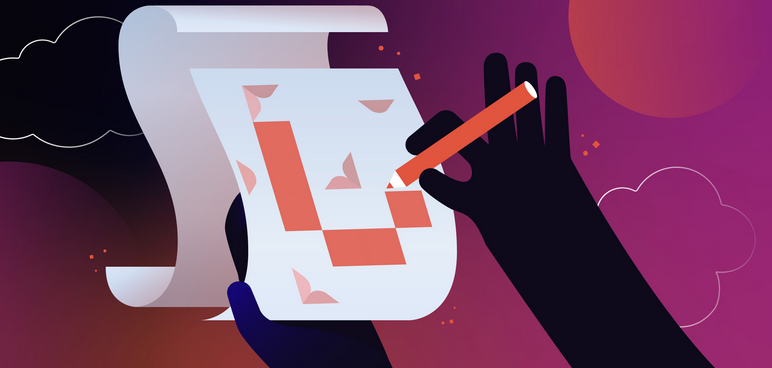Deploying PHP applications on live servers marks a pivotal milestone in the journey of web development, transforming conceptualized ideas into tangible, accessible online experiences. This process is indispensable, bridging the gap between the developmental stage and the live environment where users interact with the application. Throughout this comprehensive guide. We aim to provide you with the necessary insights and strategies to navigate this transition with confidence and efficacy. From configuring server environments to uploading files, setting permissions, and conducting thorough testing, each step is carefully orchestrated to ensure a seamless deployment process. By following the guidelines outlined here, you can navigate the complexities of deploying PHP applications with ease. Also facilitating the realization of your web projects and delivering exceptional experiences to your audience.

Understanding PHP Applications
PHP (Hypertext Preprocessor) is a popular server-side scripting language used for developing dynamic web applications. PHP applications typically consist of PHP files containing code that interacts with a web server to generate dynamic content, such as web pages, forms, and databases.
Choosing a Hosting Provider
Before deploying your PHP application, you’ll need to choose a hosting provider that supports PHP and provides the necessary infrastructure for running PHP scripts. Look for hosting providers that offer PHP-enabled servers, ample storage and bandwidth, and reliable uptime and support.
Configuring Your Live Server Environment
Once you’ve selected a hosting provider, it’s time to configure your live server environment for hosting PHP applications. This may involve setting up a web server (such as Apache or Nginx) with PHP support. Configuring database servers (such as MySQL or PostgreSQL), and installing necessary software libraries and dependencies.
Uploading Your PHP Files
With your live server environment configured, you can now upload your PHP files to the server. This can be done using various methods, such as FTP (File Transfer Protocol), SFTP (Secure File Transfer Protocol), or through a web-based control panel provided by your hosting provider. Be sure to upload all necessary PHP files, including scripts, libraries, and configuration files.
Setting File Permissions and Security
Once your PHP files are uploaded, it’s essential to set appropriate file permissions to ensure security and access control. Set permissions to restrict access to sensitive files and directories, and implement security measures such as SSL encryption, firewalls, and regular software updates to protect against vulnerabilities and attacks.
Configuring DNS and Domain Settings
To make your PHP application accessible to users, you’ll need to configure DNS (Domain Name System) settings and associate your domain name with your live server’s IP address. This involves updating DNS records with your domain registrar to point to your server’s IP address, allowing users to access your application via your domain name.
Testing and Troubleshooting
Before going live with your PHP application. It’s crucial to thoroughly test it on the live server to ensure functionality, performance, and compatibility. Test various aspects of your application, including navigation, forms, database interactions, and user authentication. Additionally, monitor server logs and error messages for any issues and troubleshoot as needed to resolve them before launching your application to the public.
Launching Your PHP Application
Once testing is complete and any issues are resolved. It’s time to launch your PHP application and make it live to the world. Announce the launch through your website, social media channels, and other communication channels, and monitor feedback and performance metrics to ensure a successful deployment.
Conclusion
Deploying PHP applications on live servers requires careful planning. Configuration, and testing to ensure a smooth transition from development to production environments. By following the steps outlined in this guide and paying attention to detail, you can successfully deploy your PHP applications and bring your web projects to life on the World Wide Web.

